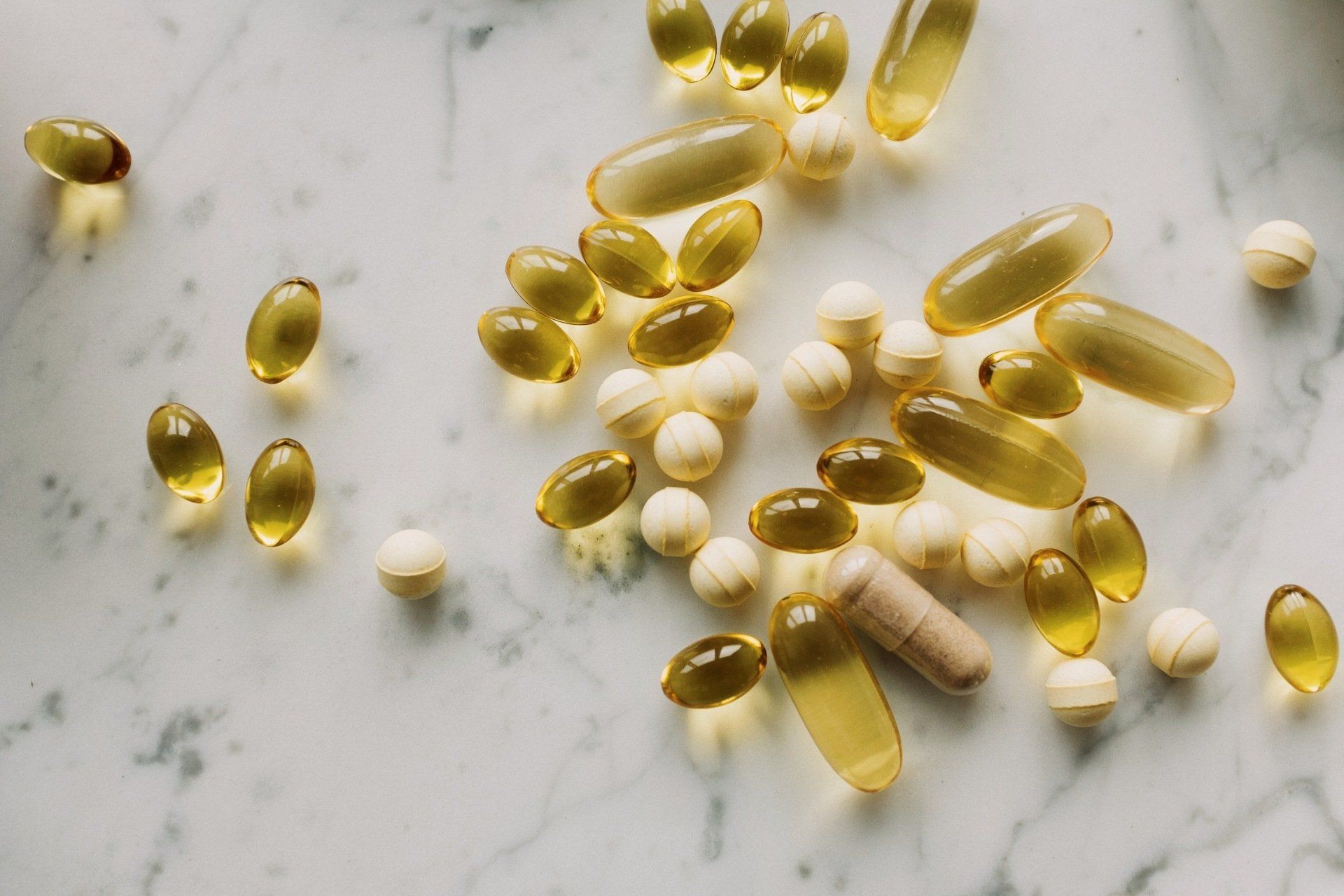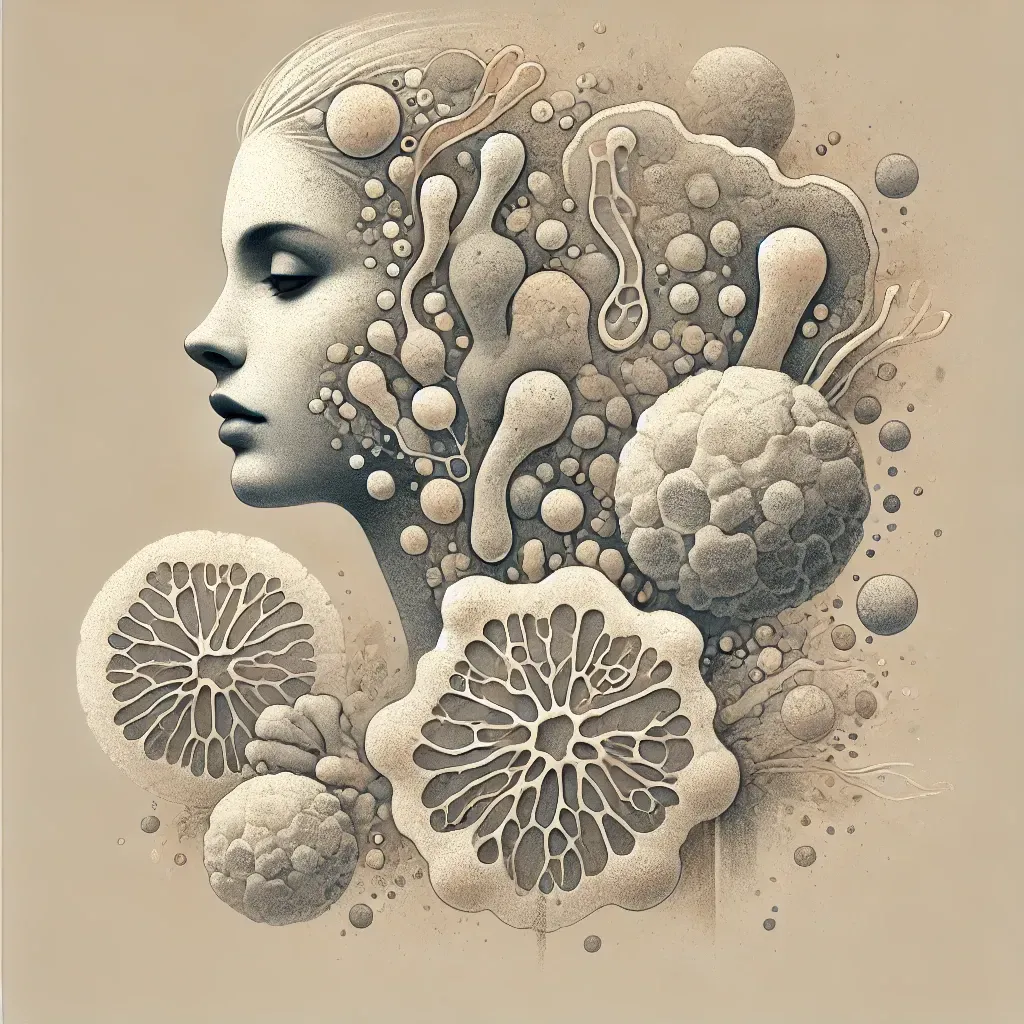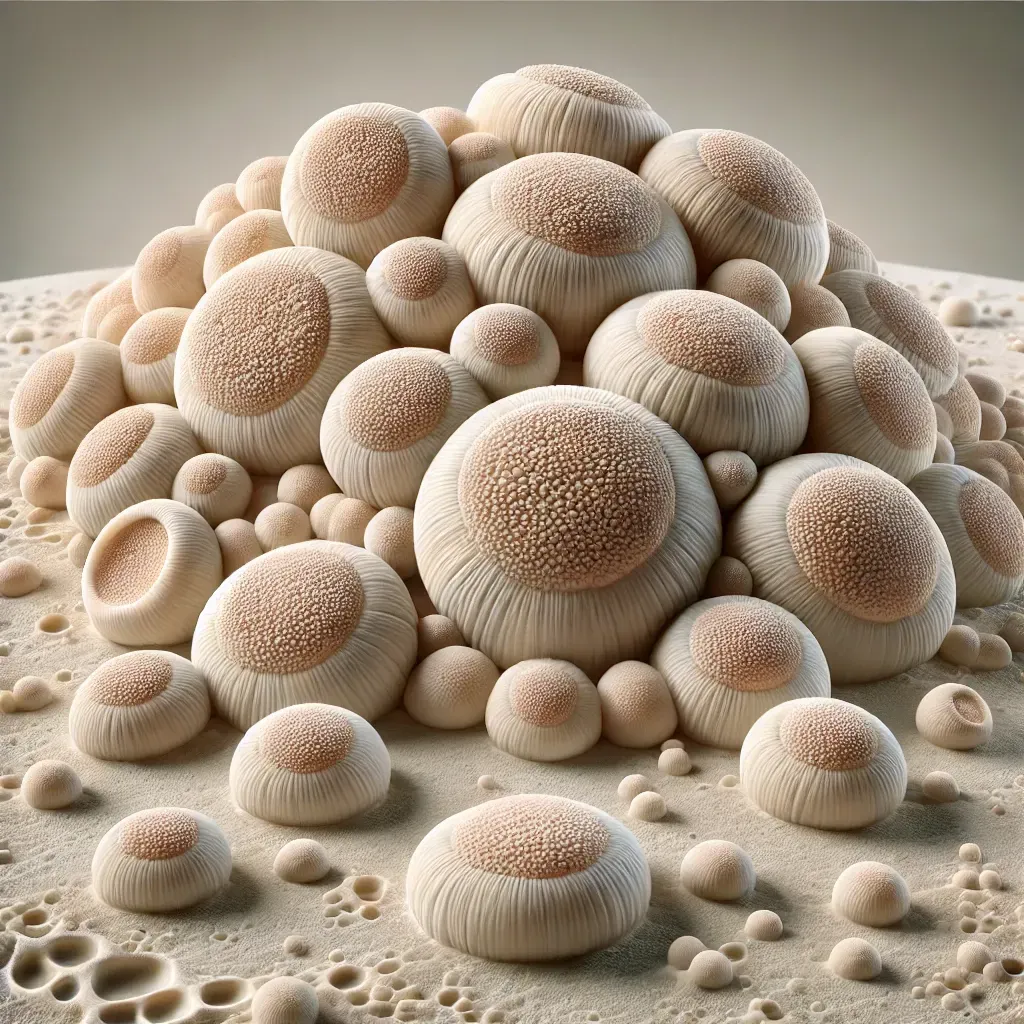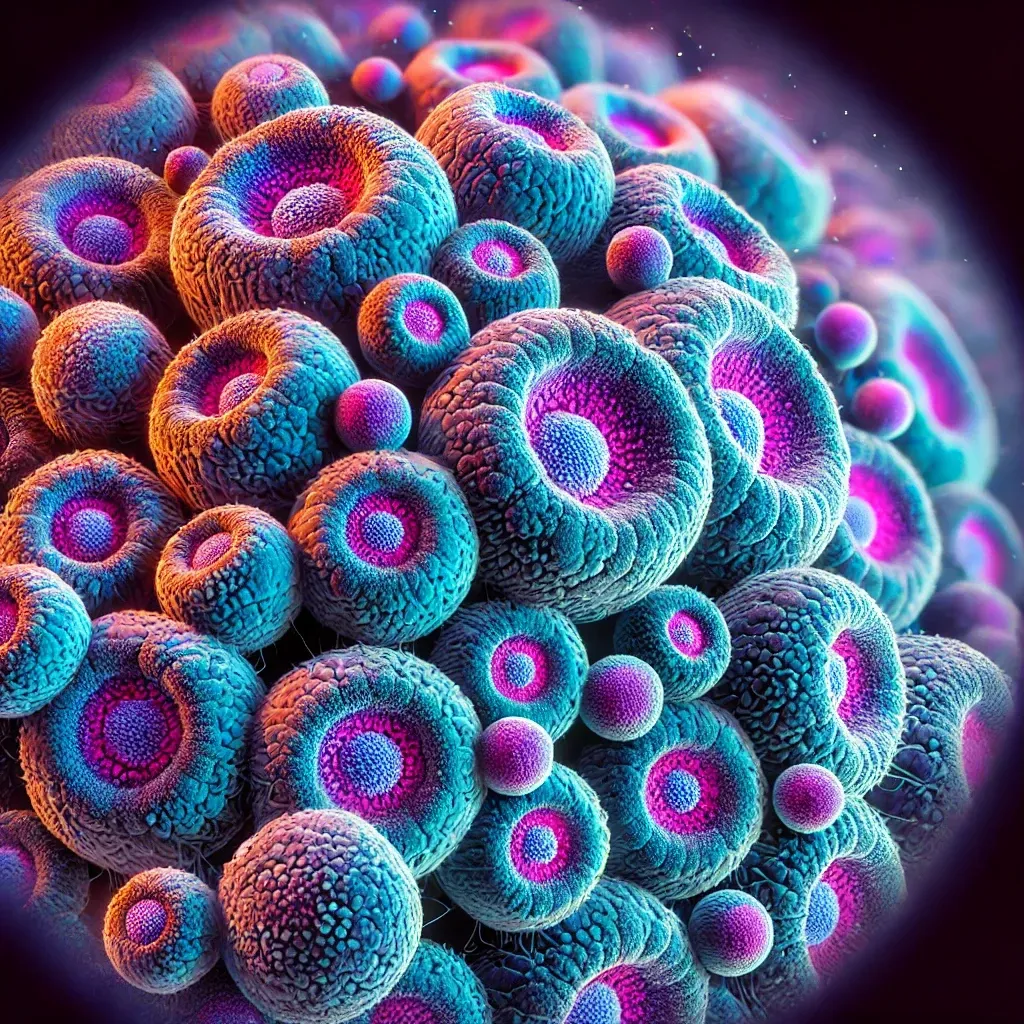Exploring the Intricate Relationship Between Estrogen and Copper in the Body
One of the most intriguing dynamics within the body, in my opinion, revolves around the symbiotic relationship between estrogen and copper.
Imagine estrogen and copper as inseparable allies, forever intertwined in a dance of influence. They function as synergists, meaning that when one surges, the other invariably follows suit. It's a harmonious, yet complex connection that underscores their profound impact on our health.
When copper levels become dysregulated within the body, a cascade of effects ensues. Initially accumulating in the liver, copper disrupts the detoxification process of estrogen, leading to a surge in estrogen levels. This creates a feedback loop wherein elevated estrogen further enhances copper absorption from the digestive tract, exacerbating the imbalance.
As copper continues to accumulate, it impairs liver function, hindering the production of ceruloplasmin—the primary copper transport protein. This sets off a vicious cycle, perpetuating the buildup of copper within the liver. Eventually, this excess copper begins to infiltrate the brain, laying the groundwork for a myriad of mental health issues ranging from irritation and anxiety to depression and, in severe cases, schizophrenia.
The link between estrogen and copper extends beyond their direct interaction. Elevated copper levels can disrupt the balance of other essential minerals within the body, such as zinc, calcium, magnesium, and sodium. This imbalance can trigger a host of secondary health complications, including soft tissue calcification, magnesium depletion, and sodium elevation.
But what about contraceptive methods like the copper IUD, touted as hormone-free alternatives? While technically devoid of synthetic hormones, the copper IUD still poses risks due to its potential to elevate estrogen levels indirectly.
Female clients with a history of hormonal birth control usage are particularly susceptible to copper-related issues, often experiencing symptoms years or even decades after discontinuation. This delayed onset underscores the importance of vigilance and proactive management in addressing hidden copper dysregulation.
Hair Tissue Mineral Analysis emerges as a valuable tool for assessing copper levels, offering insights into the body's readiness for detoxification. However, navigating this process requires a delicate balance of patience and strategy. Focusing on the equilibrium of primary minerals—calcium, magnesium, sodium, and potassium—lays the groundwork for effective detoxification once copper is primed for release.
Caution is paramount when addressing copper imbalances. Attempting to forcibly eliminate copper from the body can trigger a phenomenon known as Copper Dump Syndrome, characterized by a rapid influx of copper into the bloodstream and a host of distressing symptoms.
My own journey with mineral balancing serves as a cautionary tale. Following advice from a practitioner, I embarked on a regimen of copper-antagonizing supplements without adequate potassium support. The repercussions were severe—intense fatigue, anxiety, and insomnia overshadowed my life, marking one of the most challenging periods I've faced.
In hindsight, it's evident that the delicate dance of estrogen and copper requires a nuanced approach—one that prioritizes patience, understanding, and above all, respect for the body's innate wisdom. As we navigate the intricacies of mineral balance and hormonal harmony, let us heed the lessons learned from experience and embrace a journey of holistic healing and vitality.
Don't Miss Out!

Heidi Toy Functional Medicine Blog























































































